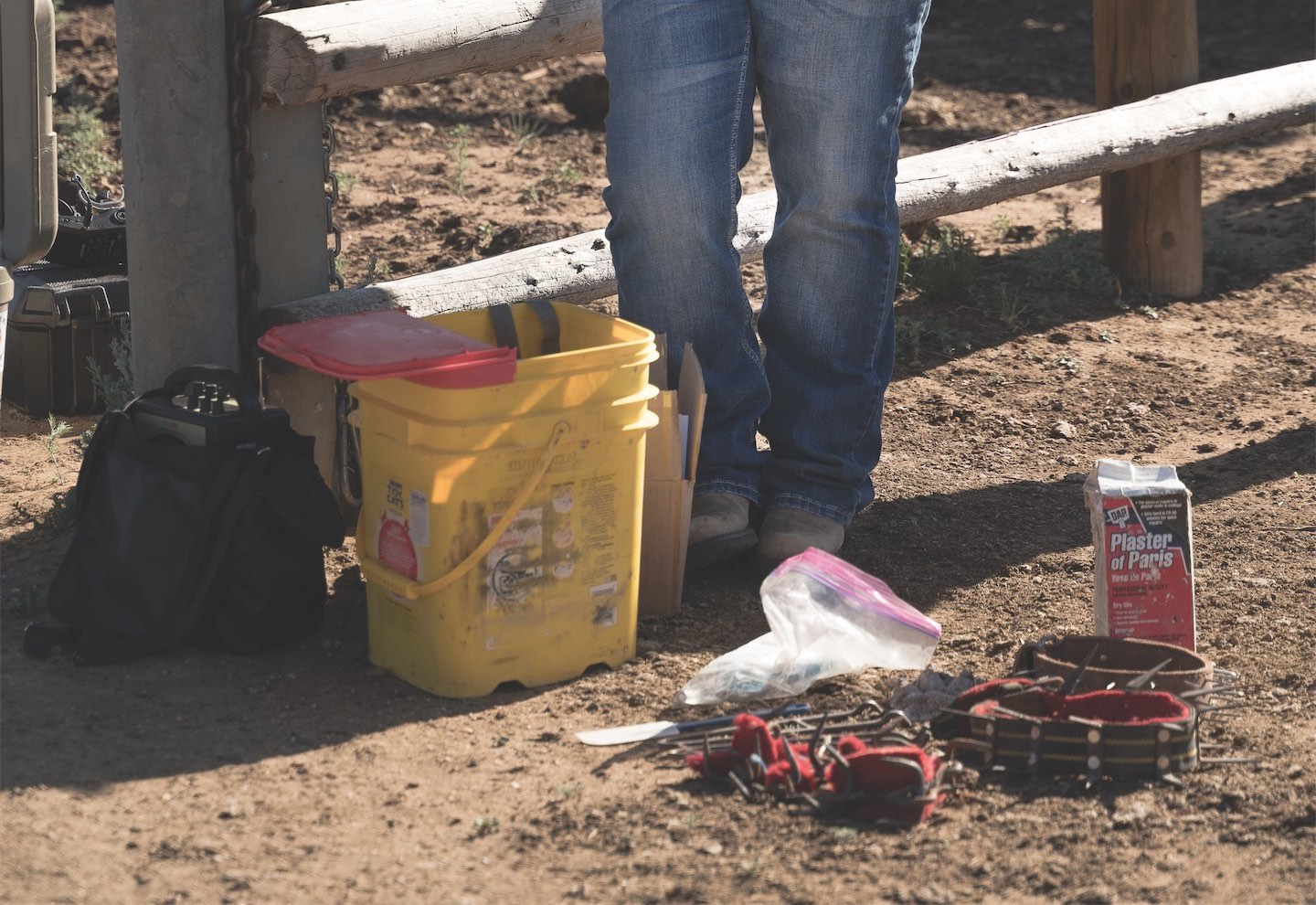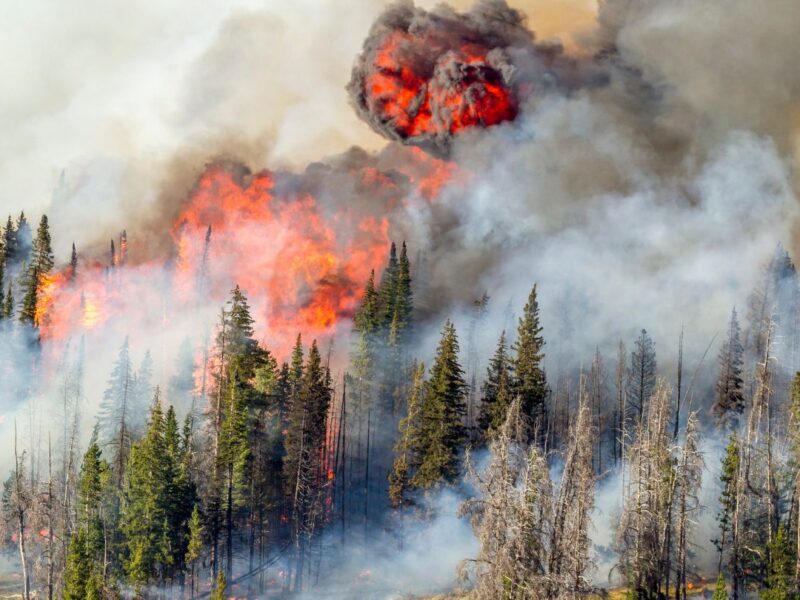
Wolf monitoring that works for ranchers
Monitoring wolf movement helps ranch managers understand when and where these clever canids move through the landscape. This information can help with a host of management decisions that help to reduce conflicts between wolves and livestock, from understanding when and where to apply scare devices to managing livestock to avoid wolf rendezvous sites to trapping wolves for collaring or lethal removal.
In a community meeting in Walden, Colorado, hosted by Western Landowners Alliance and the North Park Stockgrowers Association, Cat Urbigkit, a sheep and cattle producer in Sublette County, Wyoming, shared tools and tips for wolf monitoring with ranchers adjusting to the presence of wolves, which recently moved into Colorado from Wyoming.
After wildlife managers were unsuccessful in determining the location of uncollared wolves on her Wyoming ranch, Urbigkit decided to take matters into her own hands. “We decided to start our own program to try to figure out how many wolves we were dealing with,” said Urbigkit.
Wolf monitoring starts with the goal of identifying the trails and rendezvous sites the wolves use to travel during different times of day and periods of the year. By keeping a keen eye on where her own herding and livestock guardian dogs scent mark, Urbigkit notes likely marking locations of wolves.
Urbigkit then sets wildlife camera traps for operation at night (she uses the Bushnell E3, which retails for about $110) at those locations. A camera trap that can take quality night photos is important, as wolves that live near humans are often most active after dark. Urbigkit also noted, “We will have wolves that will walk around behind the camera and intentionally go around it,” so placing cameras at pinch points and above wolf eyelines are important considerations. In addition to cameras, Urbigkit will occasionally sweep dirt roads or paths to ease in track identification, and look for wolf hair on fences as she does repair work or rides fence lines.
By calendaring locations of wolf sightings each month when she checks the camera traps, Urbigkit develops a picture of trends in wolf movement: whether a wolf or a wolf pack shows up once a day, once a week or once a month. This allows her to adjust her use of scare tactics like fox lights and sound machines and her grazing patterns to most effectively reduce conflicts.
Whether wolves have just moved onto your landscape or the canids have been around for some time, monitoring their movements is a valuable tool in managing a livestock operation to keep conflict down and livestock health up.




